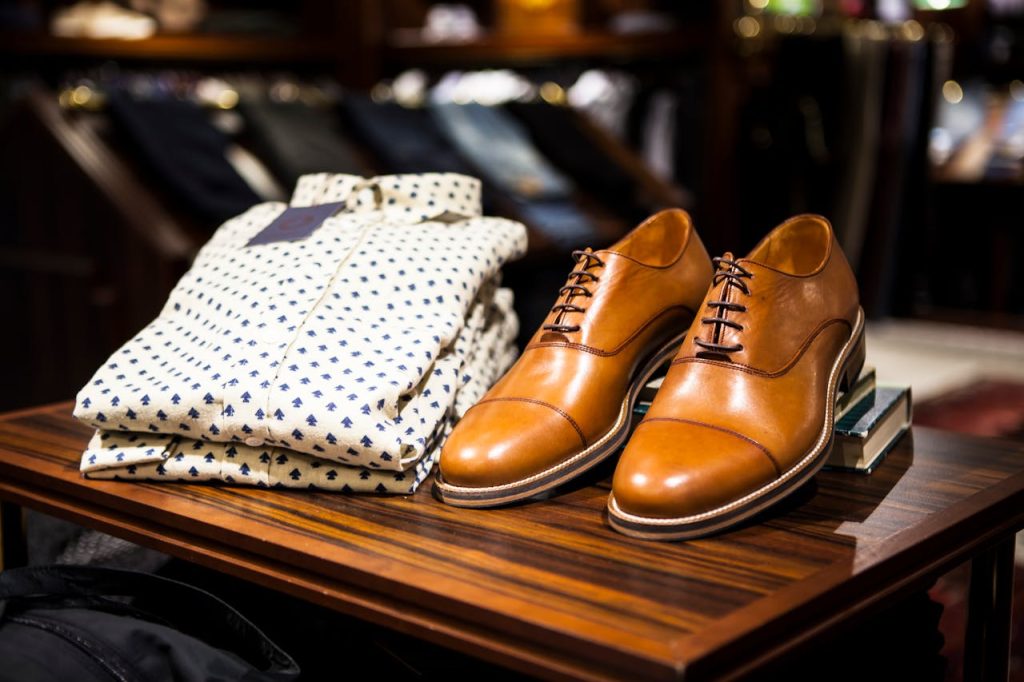
Choosing the right CrossFit shoes is crucial for your performance and comfort during workouts. The high intensity and variety of movements demand footwear that not only supports your feet but also enhances your performance. Here’s how to ensure you get the perfect fit.
Understanding the Importance of Proper Fit
Well-fitting CrossFit shoes are essential for optimal performance. They allow you to move freely and confidently, enhancing agility during activities like jumping, running, or weightlifting. Ill-fitting shoes can lead to discomfort, blisters, calluses, and even injuries, so it’s important to choose a shoe that fits snugly without pinching.
A proper fit ensures stability during lifts and dynamic movements. A secure heel counter anchors your foot, providing support for heavy squats or deadlifts, improving efficiency in every workout.
Evaluating CrossFit Shoe Fit
When looking for the right CrossFit shoes, consider these factors:
- Length: Ensure there’s a thumb’s width of space between your longest toe and the shoe’s front.
- Width: The shoe should be wide enough to avoid constriction but not too loose to cause instability.
- Heel: A snug heel fit prevents movement during high-intensity activities.
- Arch Support: Consider your foot type; flat feet may need more cushioning than high arches.
Expert Tips for Checking CrossFit Shoe Fit
Experts recommend starting with a snug but comfortable fit. Your toes should lightly touch the shoe’s front without feeling cramped. Ensure the heel stays secure to prevent blisters and enhance stability during movements. Pay attention to arch support, choosing shoes that accommodate your specific foot shape for maximum comfort and performance.
Identifying Key Fit Characteristics
Several characteristics should guide your choice:
- Toe Box: Enough room for your toes to move without being pinched.
- Heel Security: Heels should feel locked in place, not overly tight.
- Arch Support: Choose shoes that match your arch type for comfort and stability.
- Cushioning and Flexibility: Adequate cushioning for impact absorption while allowing natural movement.
Utilizing Fit Guides and Tools
Enhance your shopping experience by using:
- Size Charts: Consult these to match foot measurements to shoe sizes.
- Measuring Tools: Use devices like a brannock to measure foot dimensions.
- Virtual Fitting Tools: Input measurements for personalized recommendations.
- Customer Reviews: Learn from others’ experiences about fit and comfort.
Ensuring Comfort and Support
Comfort and support are key. Look for:
- Cushioning: A well-cushioned sole for impact absorption.
- Arch Support: Essential for injury prevention and performance enhancement.
- Breathability: Materials that allow airflow keep feet dry and comfortable.
Addressing Common Fit Concerns
Common concerns include sizing discrepancies and shoe width. Consult brand-specific size charts and look for models that accommodate different foot shapes. Consider the type of socks you wear, as thicker socks may require a half-size up. Try shoes on later in the day when feet have swelled slightly for a more accurate fit.
By focusing on these fitting methods and addressing common concerns, you’ll ensure maximum comfort and performance in your CrossFit workouts.

I am passionate about digital finance and online entertainment, with years of experience in the world of cryptocurrencies, sports betting, and casino gaming. My mission is to provide readers with reliable information to help them make informed decisions in the realm of online gambling and digital investments. On this blog, I share the latest trends, platform reviews, and tips on security and responsible gaming.
More Stories
How to Clean Patent Leather Shoes
What Shoes to Pair with a Grey Suit
What Shoes to Wear with a Gray Suit?